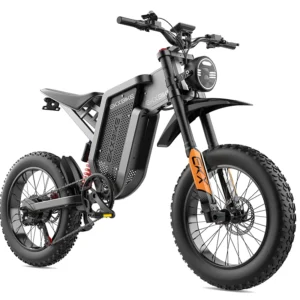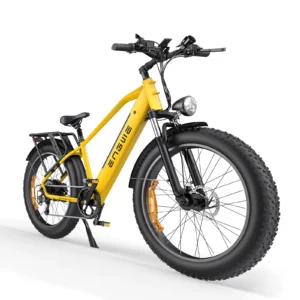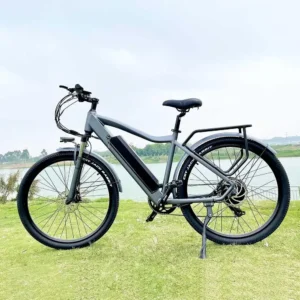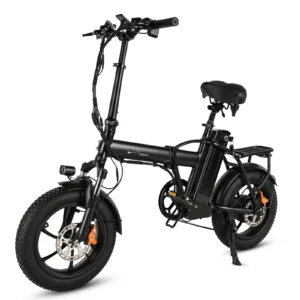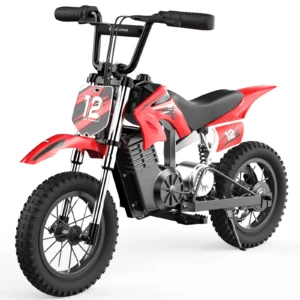Electric Bikes Categories
Electric Bikes
Viser 5 resultaterSorted by popularity
Electric Bikes, commonly known as e-bikes, have revolutionized personal transportation by integrating an electric motor to assist with pedaling, making cycling more accessible, enjoyable, and practical for a wider range of people and purposes. Whether you’re looking to ease your commute, explore challenging terrains, or simply enjoy longer rides with less effort, an e-bike can be a transformative investment. This guide will help you understand the different types, key components, and how to choose the electric bike that’s perfect for you.
E-Bike Types: Finding Your Category
The world of electric bikes offers diverse types, each tailored to specific riding styles and environments. Electric Mountain Bikes (eMTBs) feature robust frames, powerful motors, and advanced suspension for tackling rugged off-road trails. Electric City/Commuter Bikes prioritize comfort with upright riding positions, practical features like racks and fenders, and smooth power delivery for urban navigation. Electric Folding Bikes offer unparalleled portability, ideal for multi-modal commutes or those with limited storage space. Electric Fat Bikes, with their oversized tires, provide exceptional traction on soft surfaces like sand or snow. Electric Cruiser Bikes focus on relaxed, stylish riding with comfortable ergonomics, while Electric Road Bikes offer a lighter, more aerodynamic design for speed and distance on pavement. Understanding these categories is the first step to narrowing your search.
E-Bike Motors & Batteries: The Core Tech
At the heart of every e-bike are its motor and battery – the core technology that defines its performance. Motors come in two main types: mid-drive motors, located at the bike’s crankset, offer a natural pedaling feel, better weight distribution, and often more torque for climbing; hub motors, situated in the front or rear wheel, are typically simpler, quieter, and can be more affordable. Consider motor wattage (power) and torque (pulling force). Battery capacity, measured in Watt-hours (Wh) or Amp-hours (Ah) at a specific Voltage (V), dictates your potential range. Higher Wh generally means more miles per charge. Also, consider charging time, battery lifespan (number of charge cycles), and whether the battery is integrated into the frame or easily removable for convenient off-bike charging and security.
Choosing Your E-Bike: Matching to Needs
Choosing your ideal electric bike means carefully matching its features to your specific needs and intended use. Consider your primary riding environment: urban streets, challenging trails, or leisurely paths? How far do you typically ride, and what kind of terrain will you encounter? This will influence your choice of e-bike type, motor power, and battery range. Your budget is also a key factor, as e-bike prices can vary significantly. Don’t overlook comfort – ensure the frame size and geometry suit your body. Features like integrated lights, suspension, gear systems, and brake types (hydraulic disc brakes are generally preferred for e-bikes) should also align with your requirements. Test riding different models is highly recommended to get a feel for the handling and power assist. At our store, we offer a comprehensive selection of electric bikes across all these categories, alongside electric scooters, conversion kits, and various battery solutions, and our team is dedicated to helping you find the perfect electric bike to enhance your mobility and riding enjoyment.


